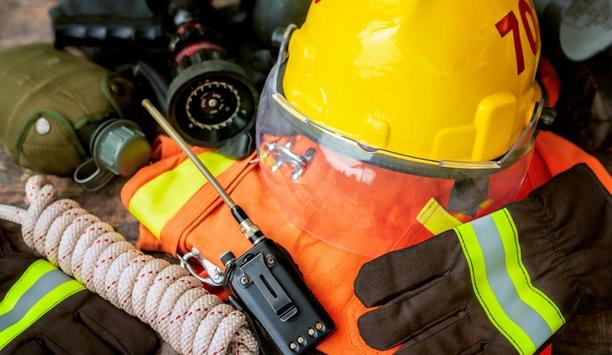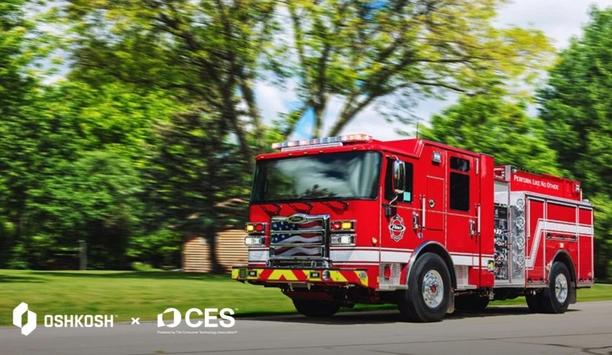Donations welcomed by partner agencies such as Red Cross 
Workers clearing debris in American Samoa - FEMA continues to respond and give federal support to the region
The Department of Homeland Security's Federal Emergency Management Agency (FEMA) is into its sixth day of response and federal support to American Samoa.
FEMA and federal teams, through the Federal Coordinating Officer, continue to work closely with American Samoan Governor Togiola Tulafono and Delegate Eni F.H. Faleomavaega, to provide response in areas of American Samoa impacted by Tuesday's tsunami.
"In addition to our efforts in support of the Governor of American Samoa, we recognize the significant impact of current disasters in other Pacific regions, including Indonesia, the Philippines and Taiwan," said FEMA Administrator Craig Fugate. "We continue to work closely with the Governor to meet his priorities as additional federal support flows into American Samoa. While FEMA and our federal partners continue to provide resources, we know that many Americans want to help as well, we encourage them to do so by visiting one of our many partner organizations, such as the American Red Cross."
Monetary donations are the best choice for helping those affected. Donations will allow voluntary agencies to purchase essential items that are most needed by disaster survivors - including those in American Samoa, Georgia residents impacted by recent flooding, as well as individuals and communities coping with response and recovery efforts outside of the United States and its territories. Information for volunteer and donation efforts can be found at: www.fema.gov/donations or www.redcross.org.
The information below represents the progress of resources and supplies into the island territory in the aftermath of the tsunami. The information is current as of 12:00 pm EDT.
A team of more than 340 responders from FEMA, American Red Cross, the U.S. Army Corps of Engineers, the Department of Health and Human Services and other federal agencies are on the ground in American Samoa. These personnel comprise the immediate response force, including Incident Management Assessment Teams (IMAT), Disaster Medical Assistance Teams (DMAT), and Public Health Assistance Teams. Other personnel are assisting with community efforts.
The United States Coast Guard (USCG), National Guard, and United States Navy have provided critical transport of the life-saving and life-sustaining supplies and equipment to meet the immediate needs of the survivors, including more than 26,000 meals, 14,000 liters of water, 1,800 blankets, 800 tents, more than 800 cots, and nine pallets of medical supplies in support of the territory's mass care operations. Several generators have already been deployed, and are supplying power to critical infrastructure. More generators are on there way, which will provide additional support to communities and key facilities.
FEMA and its federal partners are supporting the local government, which is distributing more than 3,500 meals a day. As FEMA and our federal partners continue to support the territory with a priority focus on life-safety activities, power restoration, and medical and shelter support, the agency is also preparing for recovery efforts. Recovery specialists, including Individual Assistance specialists and a housing planning team are being deployed.
Americans who want to help may donate to organizations such as the American Red Cross |
FEMA and our federal partner, the General Services Administration, are in the process of locating and securing a facility where a Disaster Recovery Center (DRC) will be established. DRCs will connect affected residents with recovery specialists from federal, state and local agencies for personal, one-on-one assistance for those affected by the tsunami.
Additionally, to facilitate the reunification of families separated due to the tsunami, the Red Cross has activated their "Safe and Well" program, which assists families with locating missing loved ones. Families can register on the Red Cross "Safe and Well" website at disastersafe.redcross.org/ or call 1-800-RED-CROSS (1-800-733-2767) to register their loved ones.











